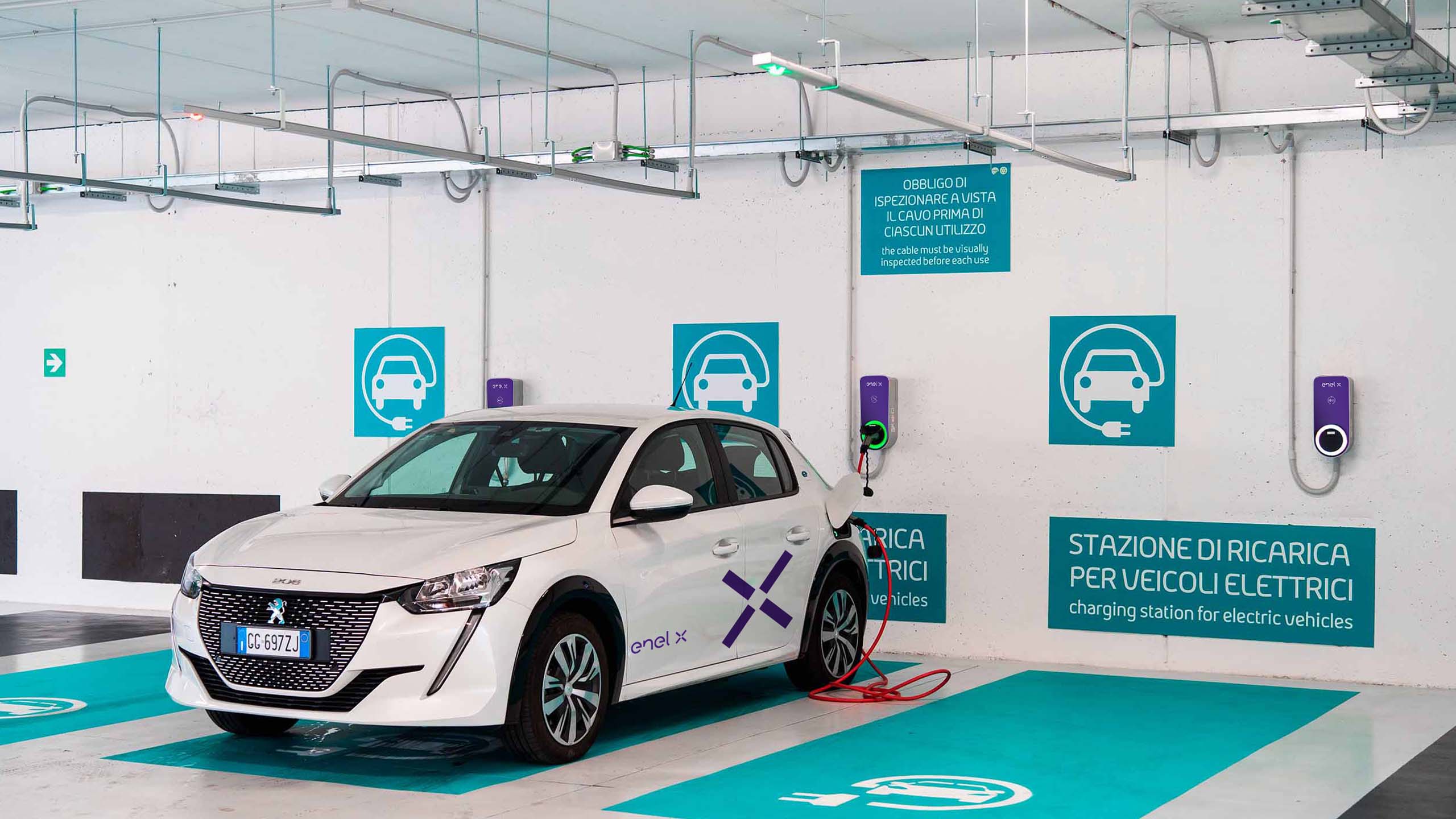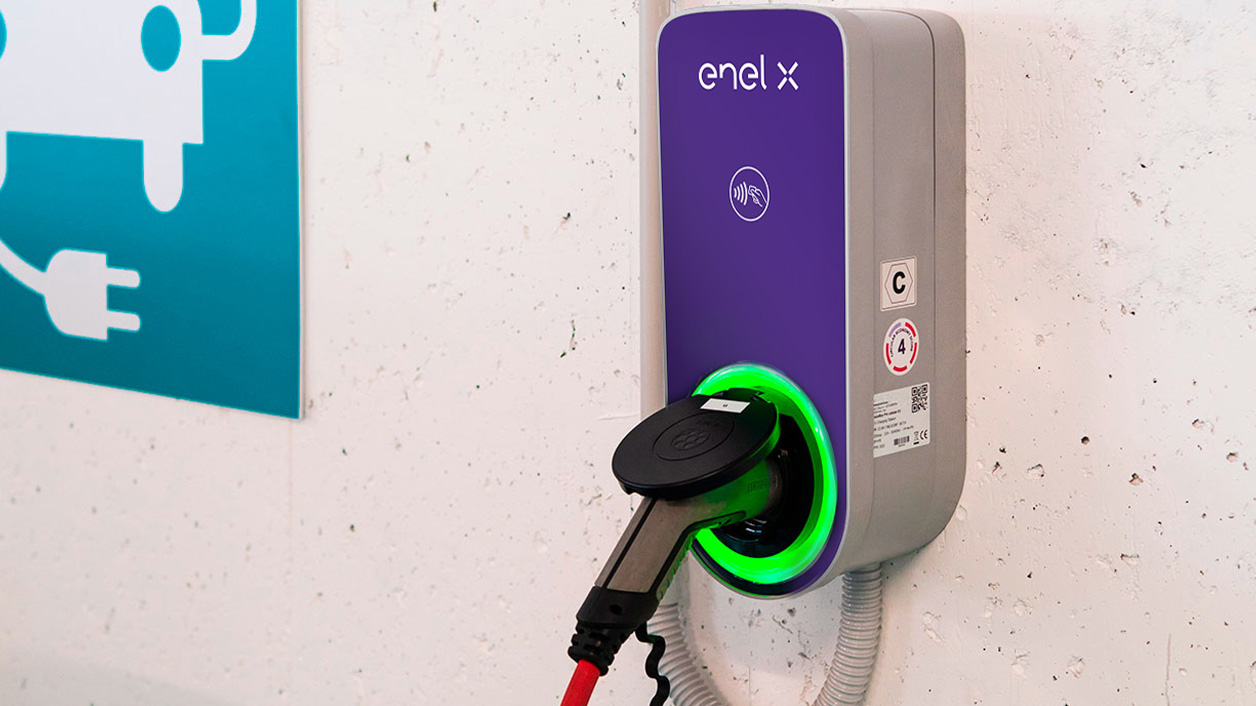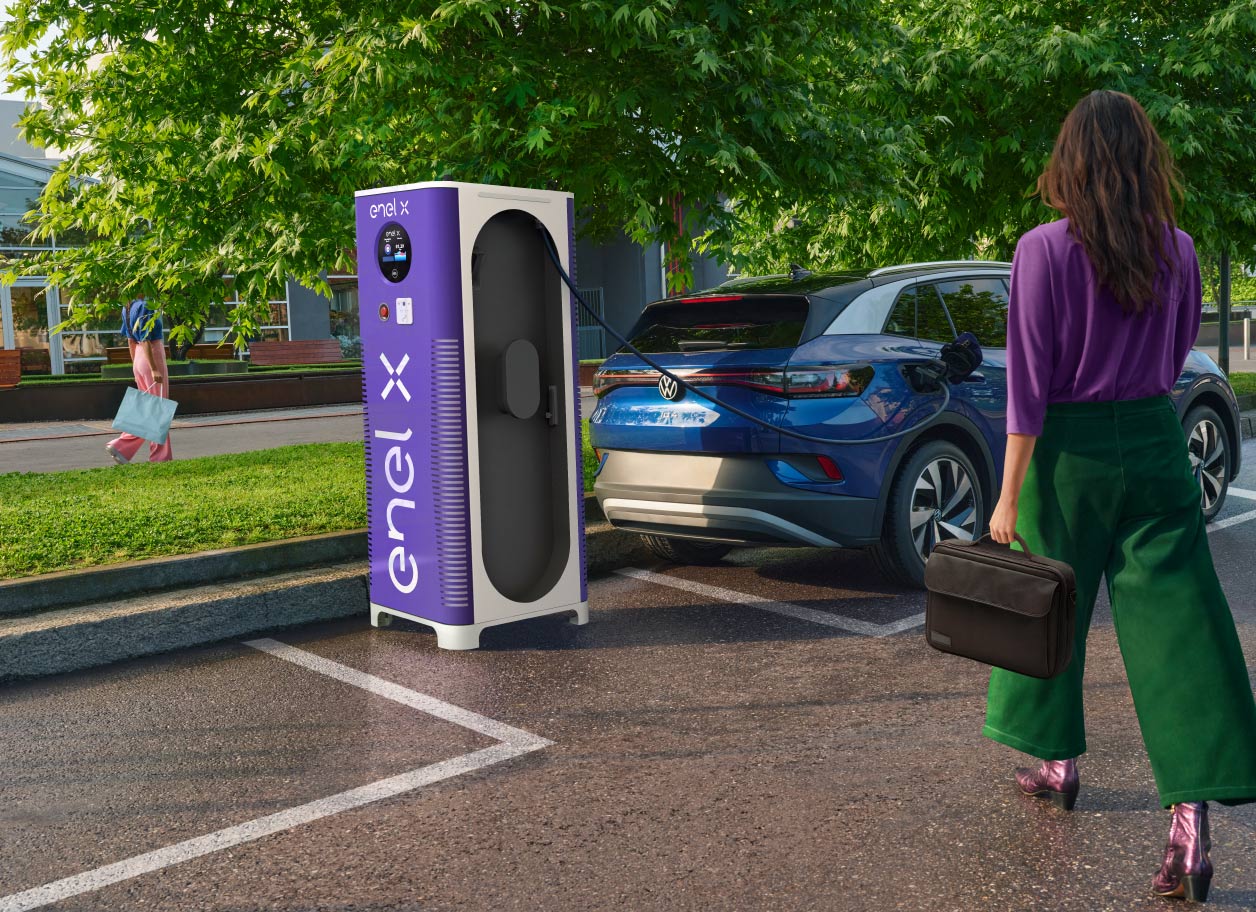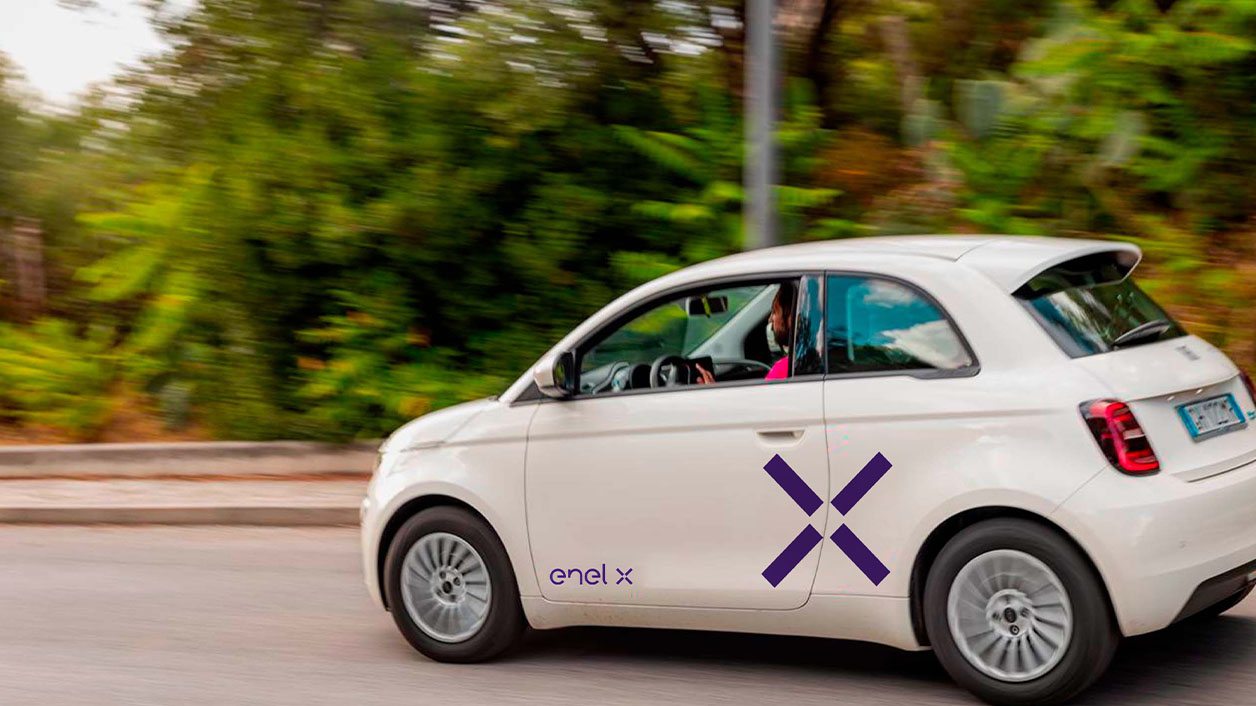People thinking about buying a battery-powered car are probably attracted by the benefits of an electric motor. We are mainly to its efficiency, which is 80%, if not 90% – i.e., more than twice as efficient as a combustion engine. In short, this means that the dispersion of energy compared with a fossil fuel-powered car is markedly lower, all to the benefit of efficiency. Only a part of the fuel burnt in a combustion engine is transformed into kinetic energy, while most of it is converted into heat.
When it comes to performance, electric motors have all of the torque available almost instantaneously. That is why, taking into account power levels and vehicle segment, and in spite of the heavier weight as a result of the batteries, electric cars have a snappier performance. It is no coincidence that some well-known models of electric family cars can compete, in performance terms, with fossil fuel-powered supercars.
If we are talking about electric cars and their benefits, we certainly cannot ignore the greater reliability of electric motors. Faults are much less common compared with combustion engines. After all, the powertrain has a simpler structure, its components are not subject to wear and tear and it is not necessary to replace filters and liquids, and that is why maintenance costs are significantly lower.





